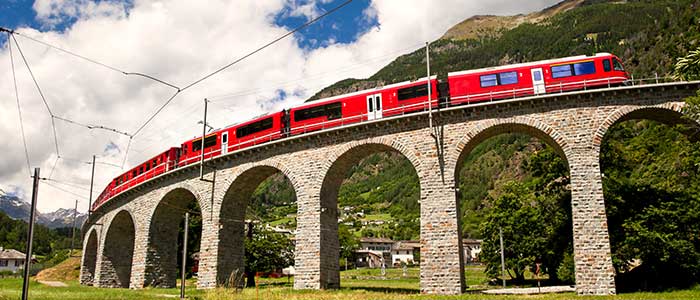The analysis found that the reduction in spending on both new investment and maintenance had been significant – amounting to more than 10% of spending – for more than one-third (38%) of organisations surveyed.
Markku Markkula, the president of the EU local leaders' assembly, said the survey had revealed a fall in investment that was the result of both cuts in public spending and a lack of coordination among national, regional and local governments in planning and funding infrastructure projects. “We need to significantly improve collaboration among governments, the private sector and universities to deliver results and stir innovation in the sector," he added.
The survey of more than 300 representatives from 255 sub national governments found reductions were greater in regions and large cities, whereas many smaller jurisdictions have reported an increase in investment.
The report also found that diversification of the sources of funding, vital given the tight constraints on public budgets, remained very limited. Only 7% of sub-national governments reported having increased private sources of financing since 2010, whole governance challenges, especially during the planning stage, were also prevalent. A lack of coordination across levels of government was marked as a key challenge by three quarters of sub-national governments.
OECD deputy secretary general Mari Kiviniemi said London’s infrastructure plan for 2050 and the revitalisation of Lódź city centre in Poland, with more than 100 public and private partners, were among “the most inspiring experiences” surveyed.
“Local and regional authorities are responsible for 55% of total public investment,” pointed out Raffaele Cattaneo, chair of the EU Commission for territorial cohesion policy and EU budget.
“We are fully committed to improving medium-term planning for infrastructure and to better cooperating with neighbouring administrations. Local and national solutions should complement each other otherwise overlaps and bureaucratic hurdles risk discouraging private investors and slowing down implementation.”














